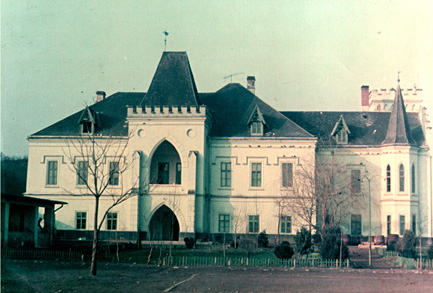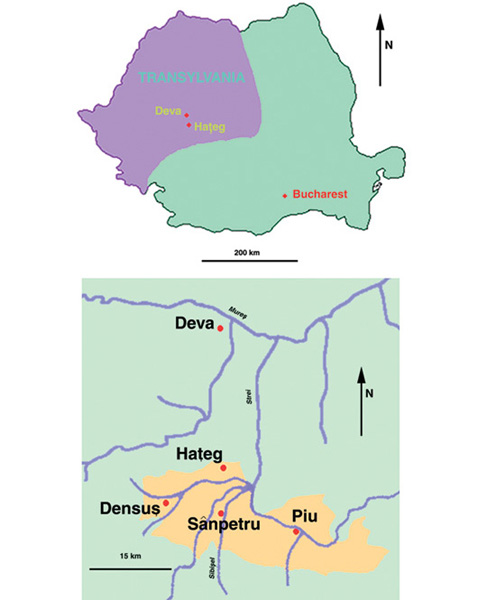

PLATE I. Top: Our Transylvanian camp on the Sibişel River, 1994. Bottom: Our field crew, 1995

PLATE II. Top: Franz Baron Nopcsa (1877–1933). Bottom: The Nopcsa castle at Săcel, Romania


PLATE III. Left: The positions of Romania in Europe (top); Transylvania in Romania (middle); and the Haţeg Basin in Transylvania (bottom). Right: A restoration of the titanosaur sauropod Magyarosaurus dacus

PLATE IV. Top: A restoration of the “Romanian raptor.” Bottom: A restoration of the nodosaurid ankylosaur Struthiosaurus transylvanicus

PLATE V. Top: A restoration of the ornithopod Zalmoxes robustus (after “Walking with Dinosaurs,” 1999. BBC Television). Bottom: A restoration of the ornithopod Telmatosaurus transsylvanicus

PLATE VII. Top: The Retezat Mountains. Bottom left and right: An outcrop of the Sănpetru Formation along the Sibişel River

PLATE VI. Opposite. Paleogeographic maps of the Tethyan realm during the Early Cretaceous (bottom), mid-Cretaceous (middle), and Late Cretaceous (top). North America, Iberia, Africa, Apulia, Rhodope, Moesia, Neotethys, and Eurasia are indicated on the Early Cretaceous map. Haţeg Island is indicated on the Late Cretaceous map (after R. Blakey, www2.nau.edu/rc67/).


PLATE VIII. Outcrops in the Haţeg Basin:
Lower Quarry, Sânpetru Formation (top left);
Tuştea, Densuş-Ciula Formation (top right);
and Pui, Sânpetru Formation (bottom)